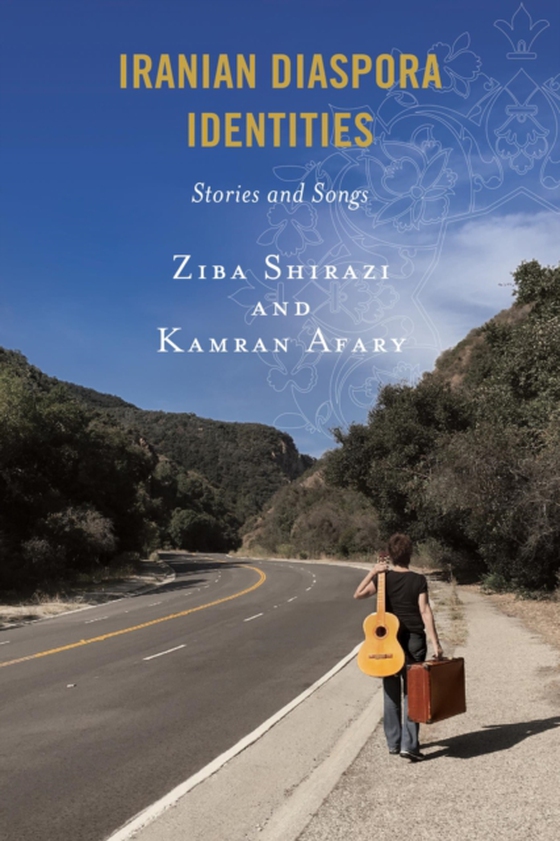
Iranian Diaspora Identities e-bog
302,96 DKK
(inkl. moms 378,70 DKK)
Iranian Diaspora Identities: Stories and Songs combines oral history, storytelling, theories of communication, and performance studies into a unique study of an immigrant community. This book is the result of collaborative work between two Iranian-American immigrants, one a musician and artist and the other a professor. Using ethnographic, dramatistic, and oral history approaches, Ziba Shirazi ...
E-bog
302,96 DKK
Forlag
Hamilton Books
Udgivet
15 juni 2020
Længde
206 sider
Genrer
1FBN
Sprog
English
Format
pdf
Beskyttelse
LCP
ISBN
9780761871712
Iranian Diaspora Identities: Stories and Songs combines oral history, storytelling, theories of communication, and performance studies into a unique study of an immigrant community. This book is the result of collaborative work between two Iranian-American immigrants, one a musician and artist and the other a professor. Using ethnographic, dramatistic, and oral history approaches, Ziba Shirazi gathered these stories of diaspora journeys of Iranians living in California and Toronto in the aftermath of the Islamic Revolution of 1979. The editors transcribed these stories and developed them into short performance pieces that include lyrics and songs and were performed in the United States and Canada to thousands of people in theater venues and libraries. These stories constitute a unique archive of the history of contemporary Iranian diaspora experiences. They are autobiographic vignettes that have helped constitute an artistic vision of Iranian exiles' own sense of community and their migratory experiences that inform the transformations they experienced in family, gender, and spiritual beliefs. In addition to providing an archive of experiences, the book uses social drama and storytelling to advocate for a new methodology for documenting Iranian diaspora accounts. It constitutes a new contribution to the existing literature on Iranian diaspora and furthers an exciting contribution to scholarship in qualitative research in communication studies.
 Dansk
Dansk

